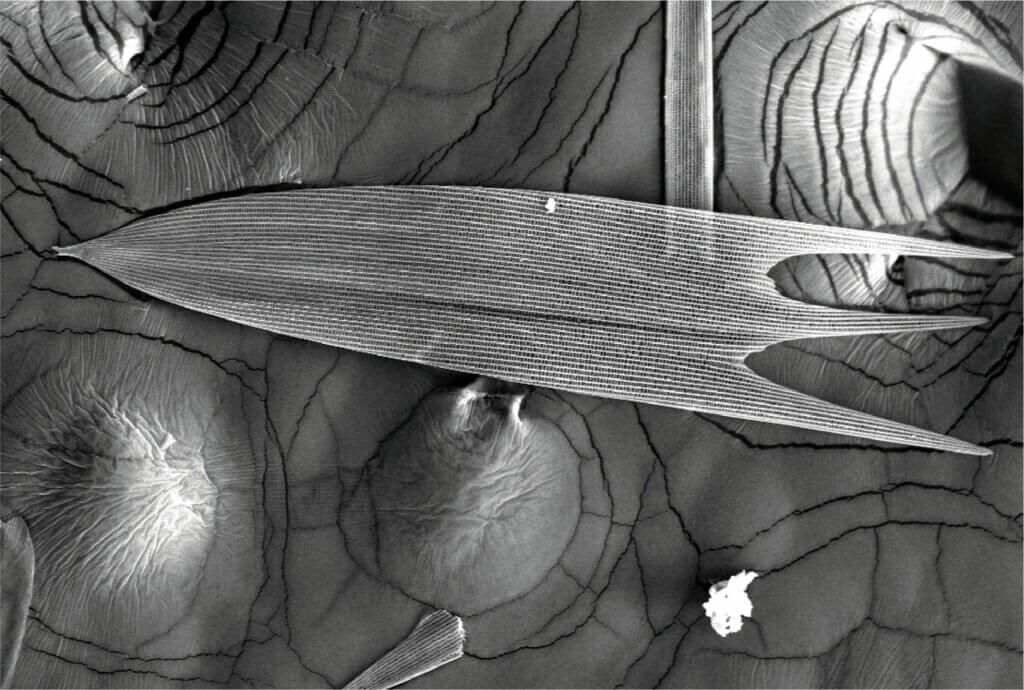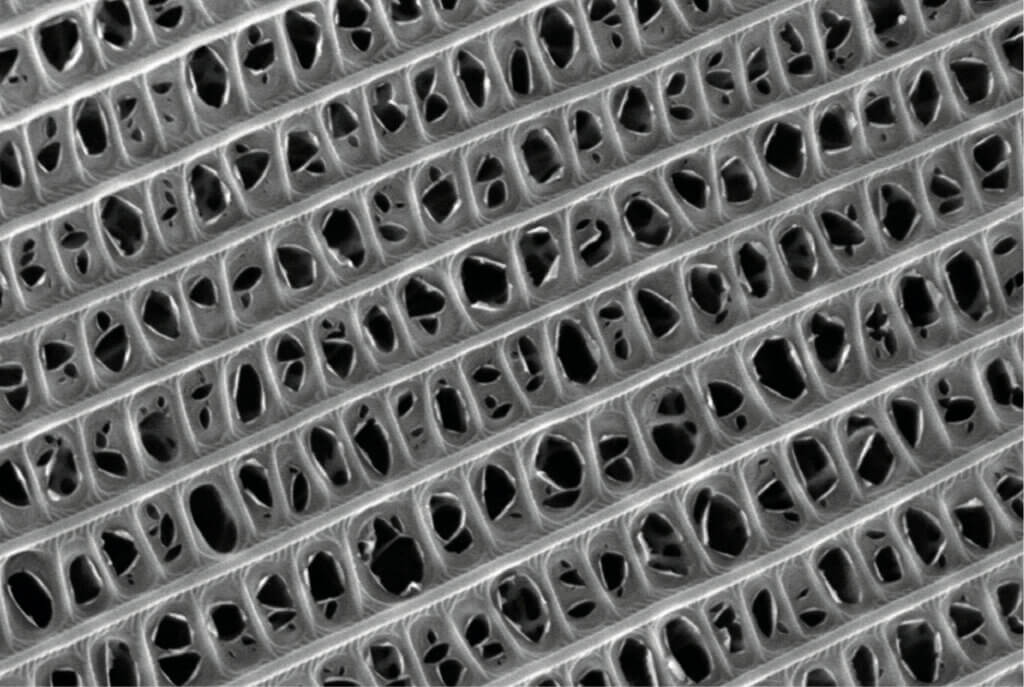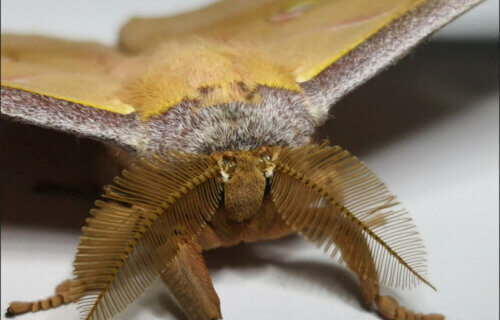BRISTOL, United Kingdom — For anyone who can’t stand their noisy neighbors, a new breakthrough may finally keep you from hearing all those loud parties. Scientists from the University of Bristol have found a way to create soundproof wallpaper, using moth wings as their inspiration.
Their scales absorb loud noises, protecting them against bats’ echolocation calls. Moths are the flying mammals’ favorite snack. The species has been involved in an acoustic arms race with their predators for 65 million years.
The Bristol team found the phenomenon holds the key to better sound absorbing panels, which could revolutionize noise-cancelling technology.
“New research has shown that one day it will be possible to adorn the walls of your house with ultrathin sound absorbing wallpaper, using a design that copies the mechanisms that gives moths stealth acoustic camouflage,” explains co-author Professor Marc Holderied in a university release.
“What we needed to know first, was how well these moth scales would perform if they were in front of an acoustically highly reflective surface, such as a wall,” Holderied says. “We also needed to find out how the mechanisms of absorption might change when the scales were interacting with this surface.”

Moth wings can block out nearly 90 percent of sound waves
Noise pollution is the second largest environmental cause of health problems, just after the impact of air quality. Previous studies have linked noise pollution to hearing loss, high blood pressure, heart disease, sleep disturbances, and stress.
In the study, Prof. Holderied and colleagues placed small sections of moth wings on an aluminum disc. They then systematically tested how orientation with respect to incoming noises and removal of scale layers affected sound absorption.
Remarkably, the little flappers proved to be excellent sound barriers. They absorbed up to 87 percent of the energy, even when on top of a hard acoustical material. The effect is also broadband and omnidirectional — meaning it covers a wide range of frequencies from different directions.
“What is even more impressive is that the wings are doing this whilst being incredibly thin, with the scale layer being only 1/50th of the thickness of the wavelength of the sound that they are absorbing,” says lead author Dr. Thomas Neil.
“This extraordinary performance qualifies the moth wing as a natural occurring acoustic absorbing metasurface, a material that has unique properties and capabilities, that are not possible to create using conventional materials.”

Turning the wings into useable materials
The potential to create ultra-thin sound absorbing panels has huge implications in building acoustics. As cities get louder, the need for efficient, non-intrusive sound mitigation solutions grows.
Equally, these lightweight sound absorbing panels could have huge impacts on the travel industry. Any weight-saving in planes, cars, and trains would increase efficiency in these modes of transport — reducing fuel use and CO2 emissions.
The biologists plan to replicate the findings, published in Proceedings of the Royal Society A, by building prototypes based on the humble insect’s wings.
The absorption they have characterized so far is in the ultrasound frequency range, above what humans can hear. The next challenge is to design a structure that will work at lower frequencies while retaining the same ultra-thin architecture employed by the moth.
“Moths are going to inspire the next generation of sound absorbing materials,” Prof. Holderied concludes.
South West News Service writer Mark Waghorn contributed to this report.

